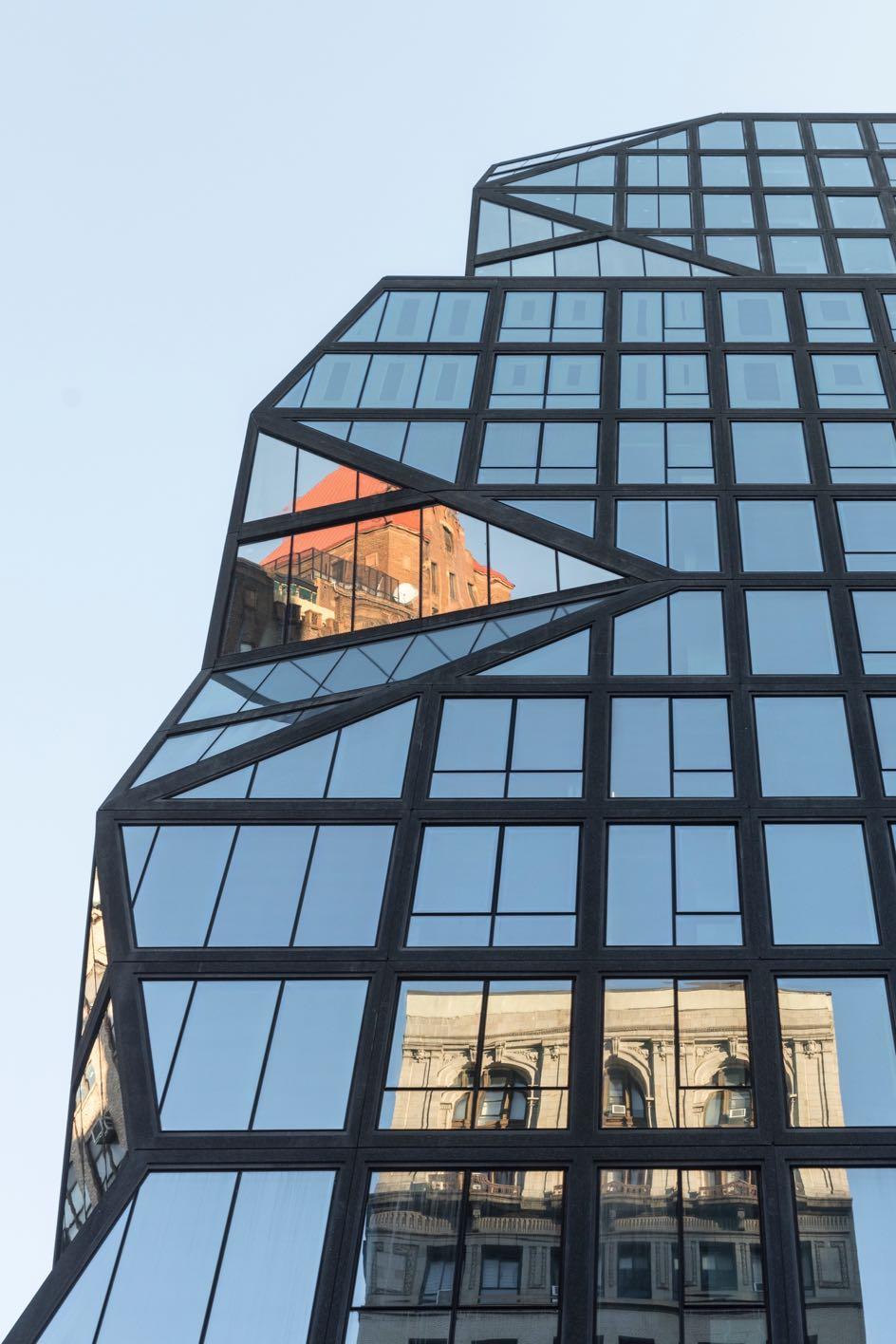
3 minute read
REFLECTED IN THE MIRROR

OMA, an international practice of architecture and urbanism, presents 121 East 22nd - its first ground up building and residential complex in the famous New York neighborhood, Manhattan.
Advertisement
“We are excited to complete OMA’s first groundup building in New York, a city that has been central to the firm’s philosophy. The design appropriately responds to and harnesses the energy of the city and duality of the site’s urban context— the dynamic intersection of Gramercy Park and Madison Square is expressed by a three dimensional, prismatic corner that introduces a new identity to the neighborhoodwhile the façade remains contextual to its neighbors. Collaboratively with Toll Brothers City Living, Gemdale, SLCE and INC. we have conceived a new, dynamic building for the neighborhoodthat communicates both history and modernity.” -Shohei Shigematsu
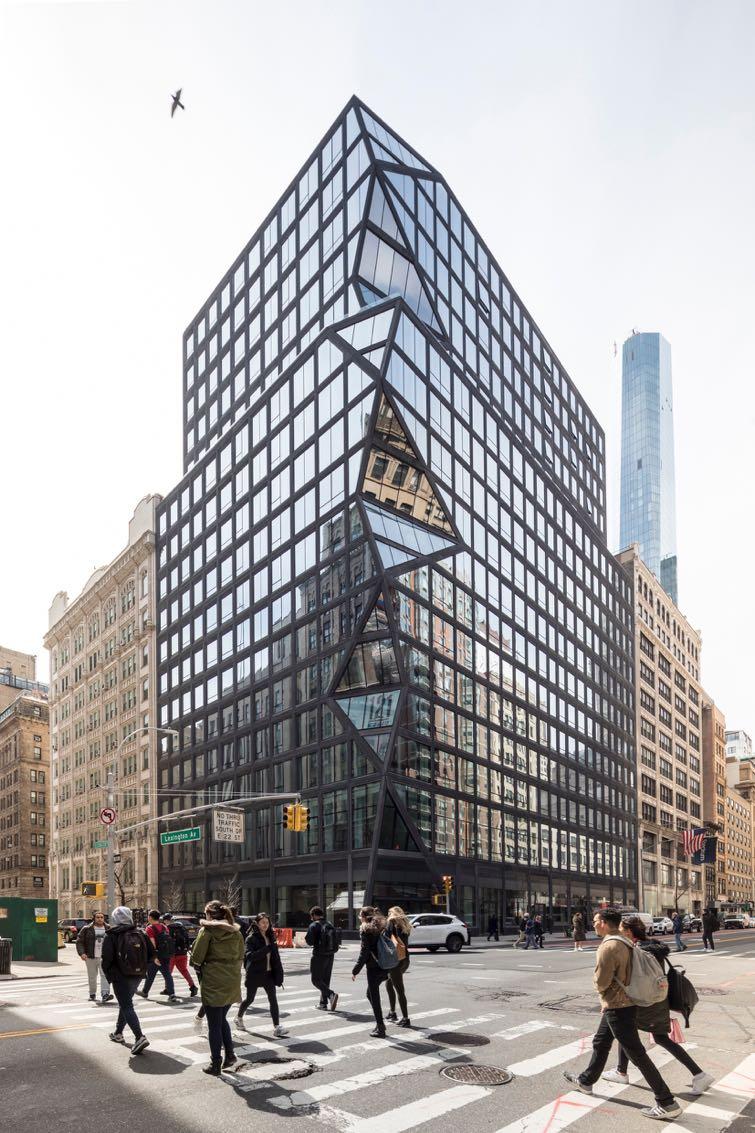


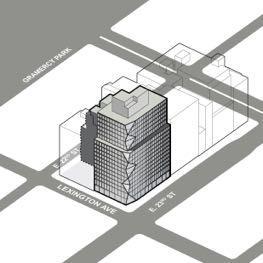
delivering this project, providing design leadership and direc-on from their conceptual onset to completed construc-on. The design was conceived from its site which straddles two separate and different neighborhoods: a quiet residen-al area surrounding Gramercy Park, an enclosed and private garden, and the bustling commercial space around Madison Square Park, a public park that hosts an array of ac-vi-es. The L-shaped site posed an opportunity to be informed by the two neighborhoods while ac-va-ng three street fronts. The concept emerges from this dualis-c condi-on, referencing Cubist artwork, in which objects are viewed from a mul-tude of viewpoints rather than a single one to represent the subject in a greater context. As such, the North Tower S hohei Shigematsu, the Director of the New York office, has been a driving force behind many of OMA’s projects, leading the firm’s diverse pormolio in the Americas for the past decade. With an emphasis on maximum specificity and process-oriented design, Sho is also responsible for conveys the mee-ng of the two neighborhoods, realized through two interlocking planes that come together at 23rd and Lexington to form a dis-nct, three-dimensional corner. This ar-cula-on evokes a collage assembled from various reflec-ons of its surroundings. Ver-cally, the corner planes bend in and out, crea-ng unique views from the interiors up to the sky and down to the streets. On the street level, the corner is carved inwards, to widen the sidewalk and establish a clear entry point to the ground floor retail. From the expressive corner, the building’s two facades become more contextual as it nears its neighboring prewar buildings. Its precast panels become bolder as the façade transi-ons away from the corner, seamlessly establishing a visible gradient from new to historic. The black concrete highlights the windows to accentuate the grada-on.
The three-dimensional ar-cula-on con-nues on the 13-story South Tower, which features an undula-ng grid of punched windows overlooking 22nd Street. The tower houses the main residen-al entry and a funnel-shaped lobby within leads to an enclosed breezeway and central valley that connect the two towers.
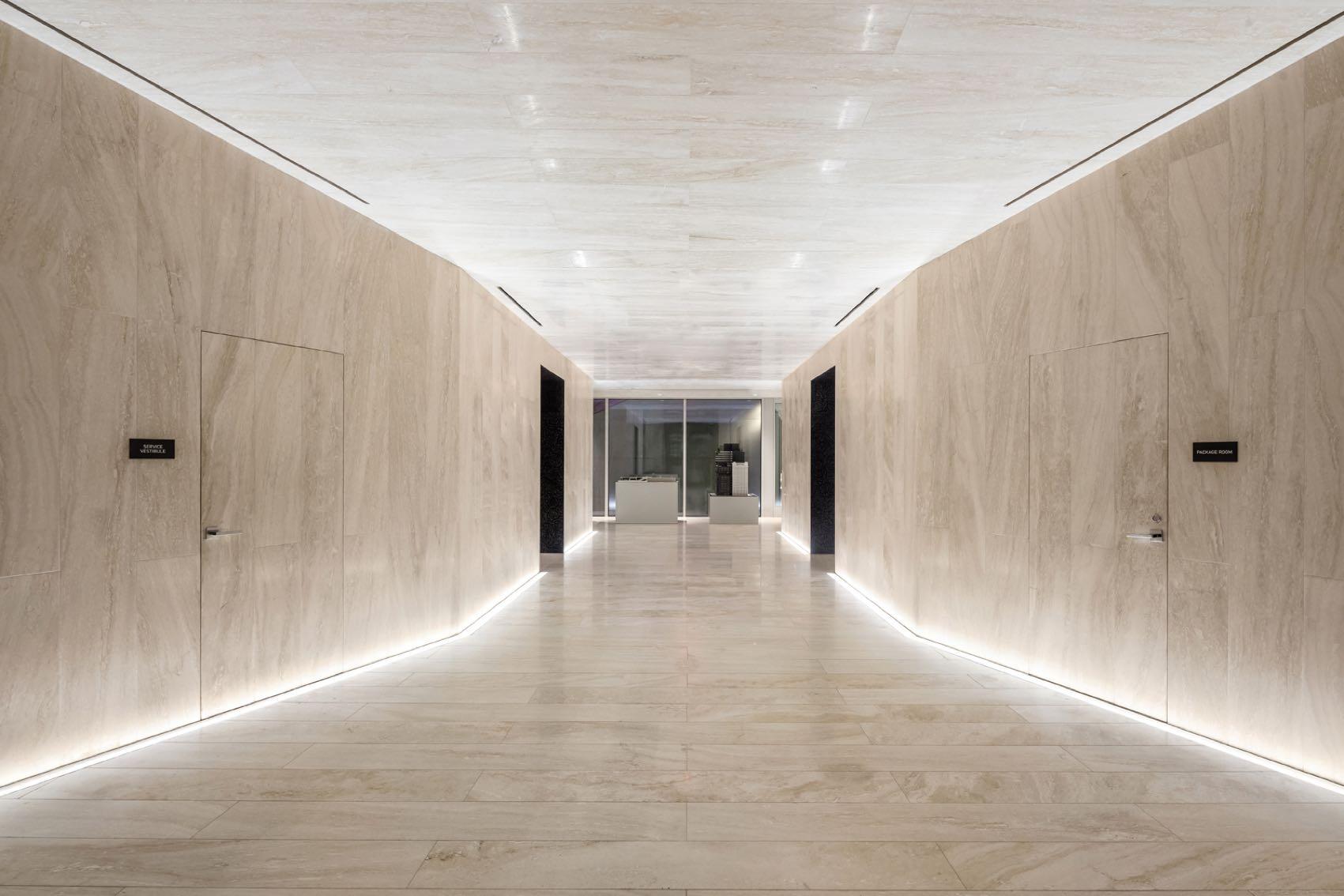
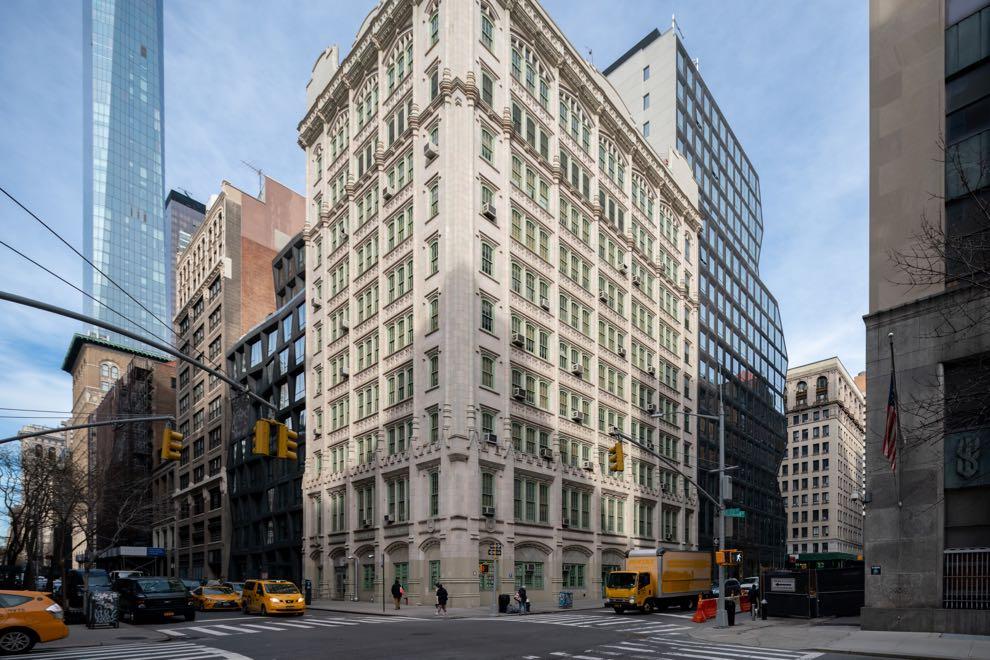


The valley is a calm oasis amidst the busyness of 23rd Street and Lexington and is centered around residen-al ameni-es and balconies, establishing an inside-outside living within the complex. The interior façade of the two towers facing the courtyard resonate with the three-dimensionality
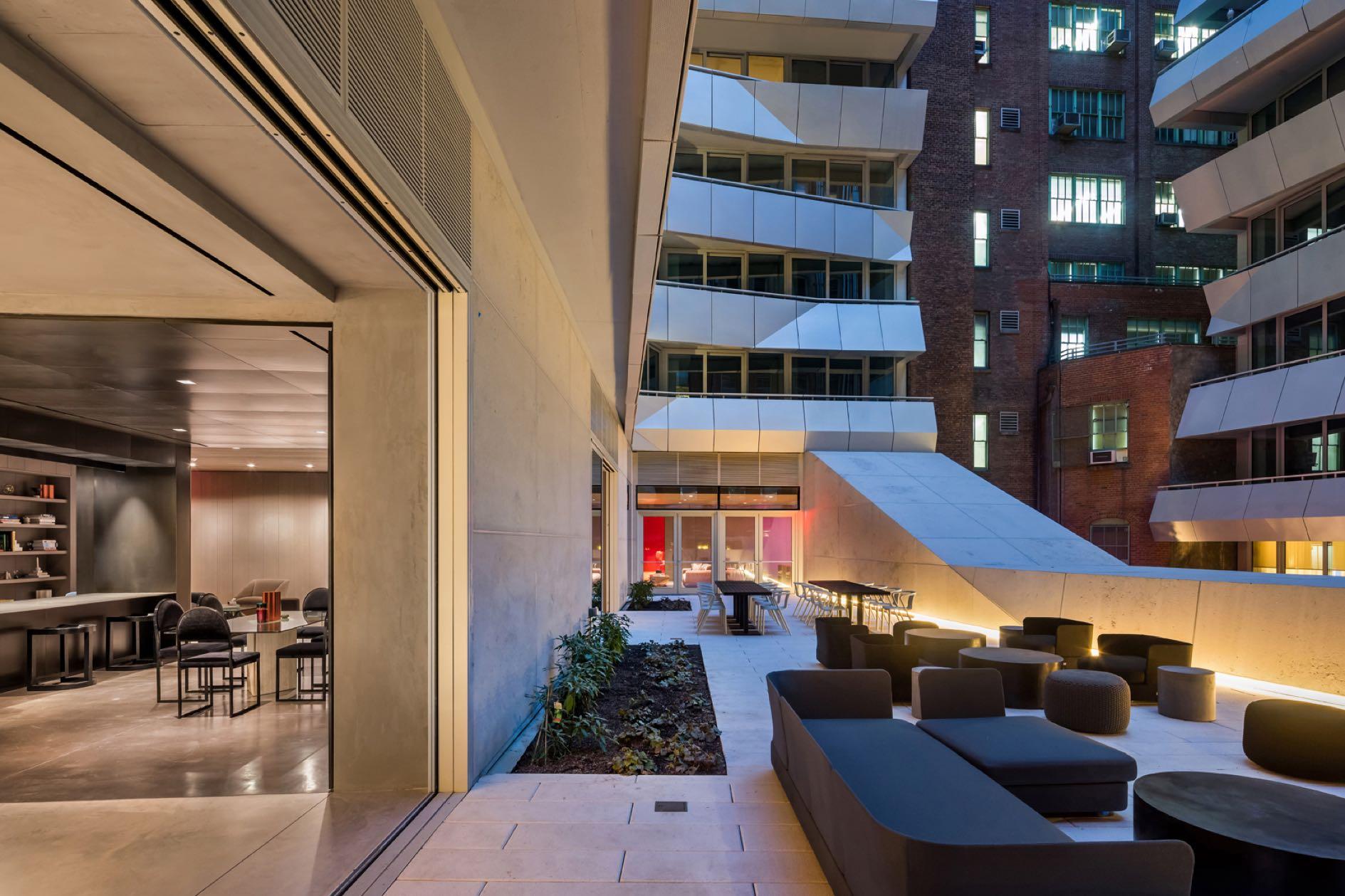
of the exterior façade—a ribbon of volumetric balconies provide a sculptural view up to the sky. Although similar in form, the valley’s materiality of light, perforated aluminum enhances daylight while giving the courtyard its own unique identity.








